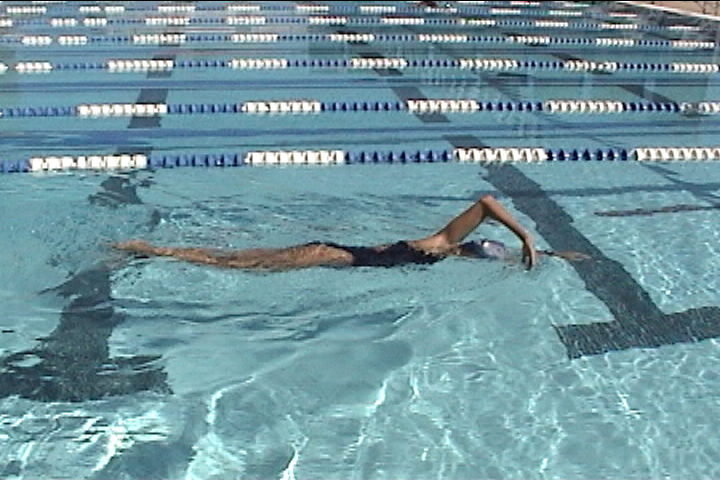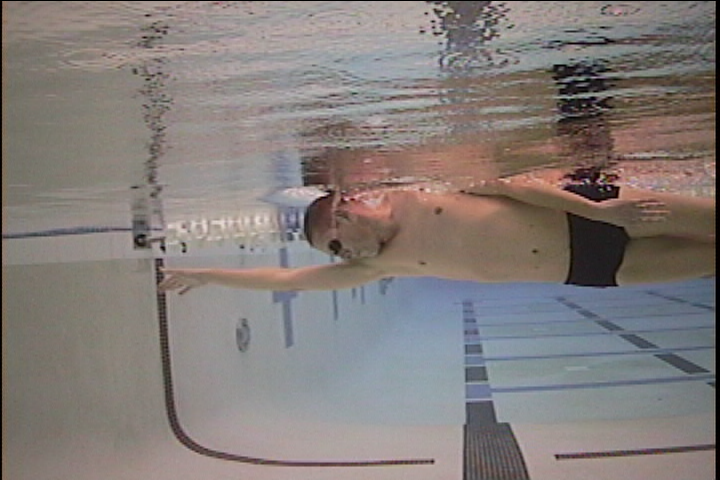“Uggh! Do I really have to slow down to learn proper swim technique?”
 I get this reaction all the time. No one wants to slow down in their quest to go faster. Two steps back to move three steps forward—for a hard-charging, type ‘A’ triathlete? No way.
I get this reaction all the time. No one wants to slow down in their quest to go faster. Two steps back to move three steps forward—for a hard-charging, type ‘A’ triathlete? No way.
Ok. Here’s an analogy that I often use to get my point across about the value of drill work and the value of slowing down in general in order to learn how to go faster in the swim.
Say you can type fifty words per minute using your computer keyboard, but you would like to type eighty words per minute. I tell you, “Yes, I can teach you to type at eighty words per minute, but you’ll need to rearrange six keys on the keyboard in order to do it.” You say, “Yes! I’m all over it!”
You place your hands on the keyboard and start to fire away, fingers flying at their normal speed, absolutely sure that you will find the new key locations just as quickly as you found the old ones. But wait . . . Because you have the immediate visual feedback of several incorrectly spelled words on the page—because you’ve hit the wrong keys—you slow down. You have to. You have to slow down so that your fingers can find the new key locations. It would be something on the order of a miracle if you could type at the same speed or faster after having switched six keys around on the keyboard the first time you tried it.
 In swimming, it’s the same. Substitute the rearrangement of six letters on the keyboard with six stroke technique improvement areas. Crossing over with your left arm on entry. Lifting your head to breathe. Executing a hand-led recovery. Over rotating for the breath. Dropping your elbow during the pull. Swimming without core body rotation. Here are six things you need to correct in order to go faster in the swim.
In swimming, it’s the same. Substitute the rearrangement of six letters on the keyboard with six stroke technique improvement areas. Crossing over with your left arm on entry. Lifting your head to breathe. Executing a hand-led recovery. Over rotating for the breath. Dropping your elbow during the pull. Swimming without core body rotation. Here are six things you need to correct in order to go faster in the swim.
“Yes! I’m all over it!” You push off the wall, arms moving at their normal turnover rate, absolutely sure that you will correct every one of these technique errors on the fly. But unlike typing, you can’t see the mistakes you’re making when you’re swimming. In your mind, you’ve got it wired and you’re sure that you’re swimming differently, incorporating every technique change necessary at one time.
I’m here to tell you that it probably won’t work. Your body is going to default to old muscle memory to get the job done because it can’t possibly process so many changes at once and do so at speed. So . . . you have to slow down to give your body the opportunity to learn the new muscle movements, just like you would with a new keyboard arrangement.
Please keep this in mind when your swim coach gives you drills to improve your stroke technique. If you want to give yourself a chance to improve, allow yourself to slow down. In the end, you’ll be faster for it.


